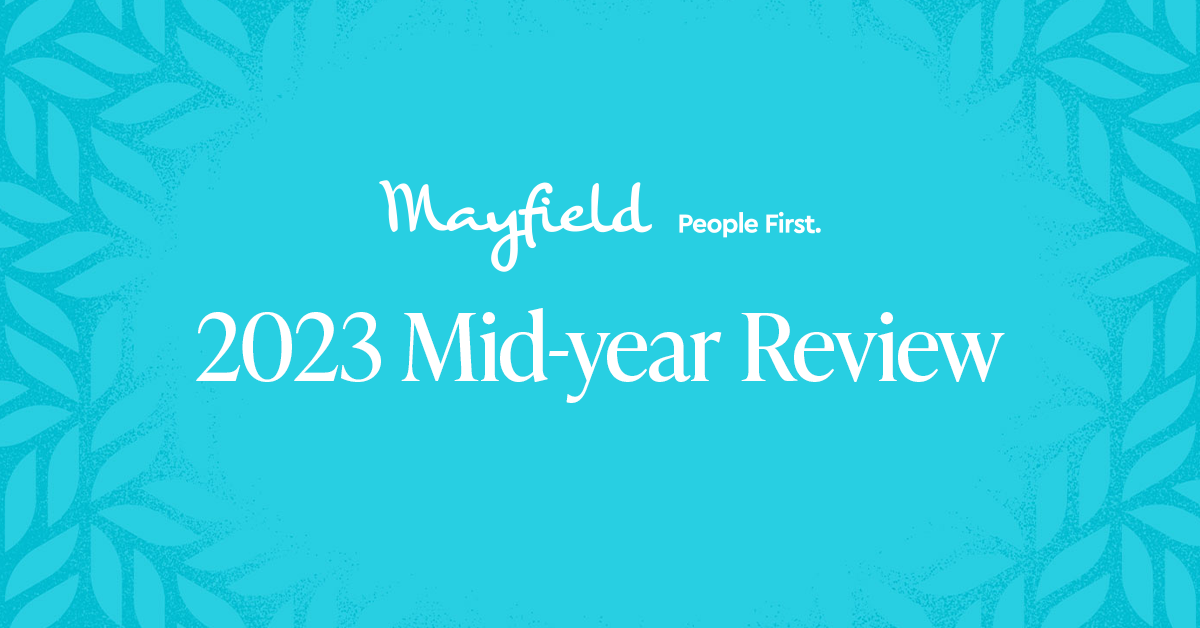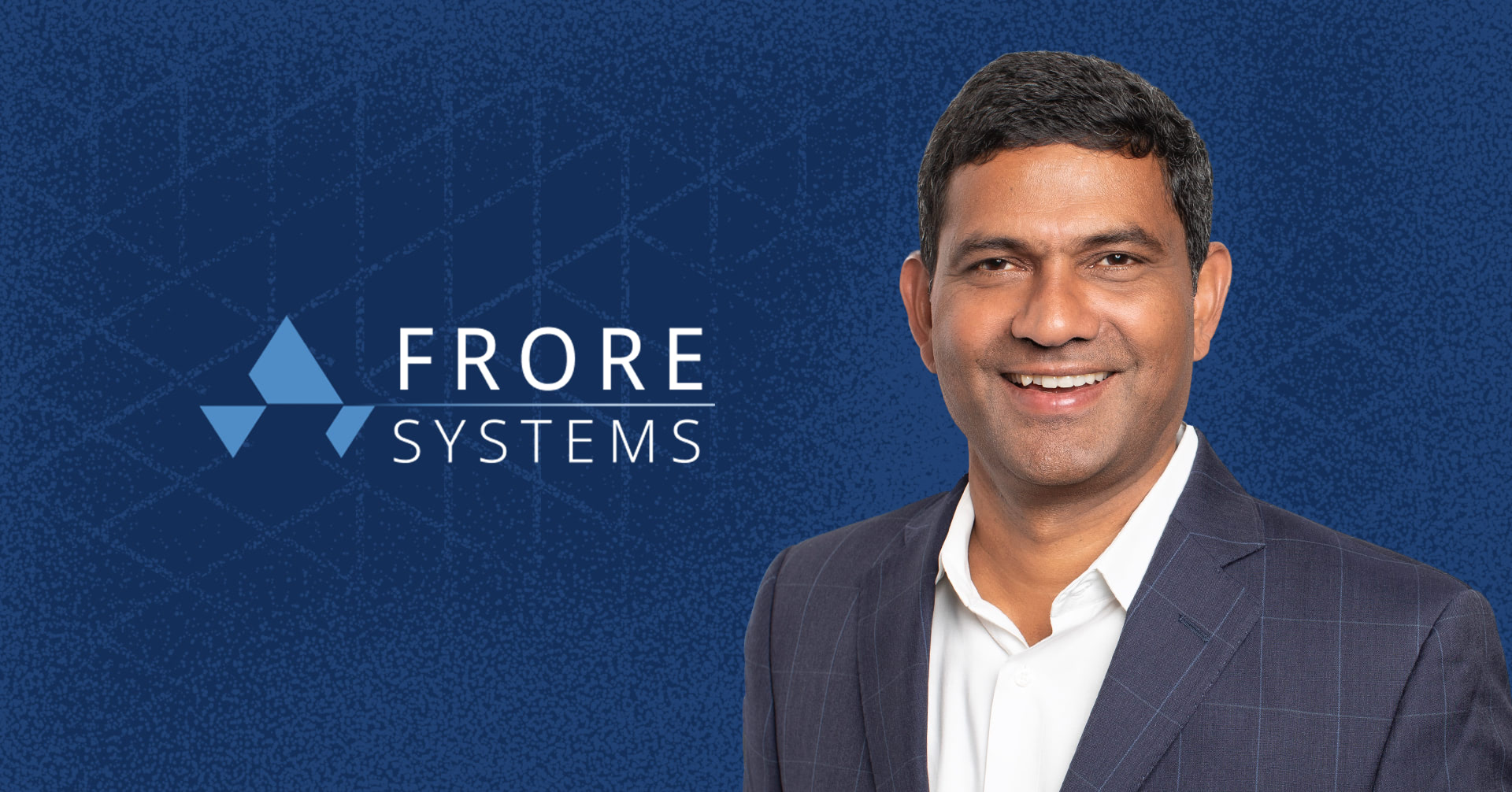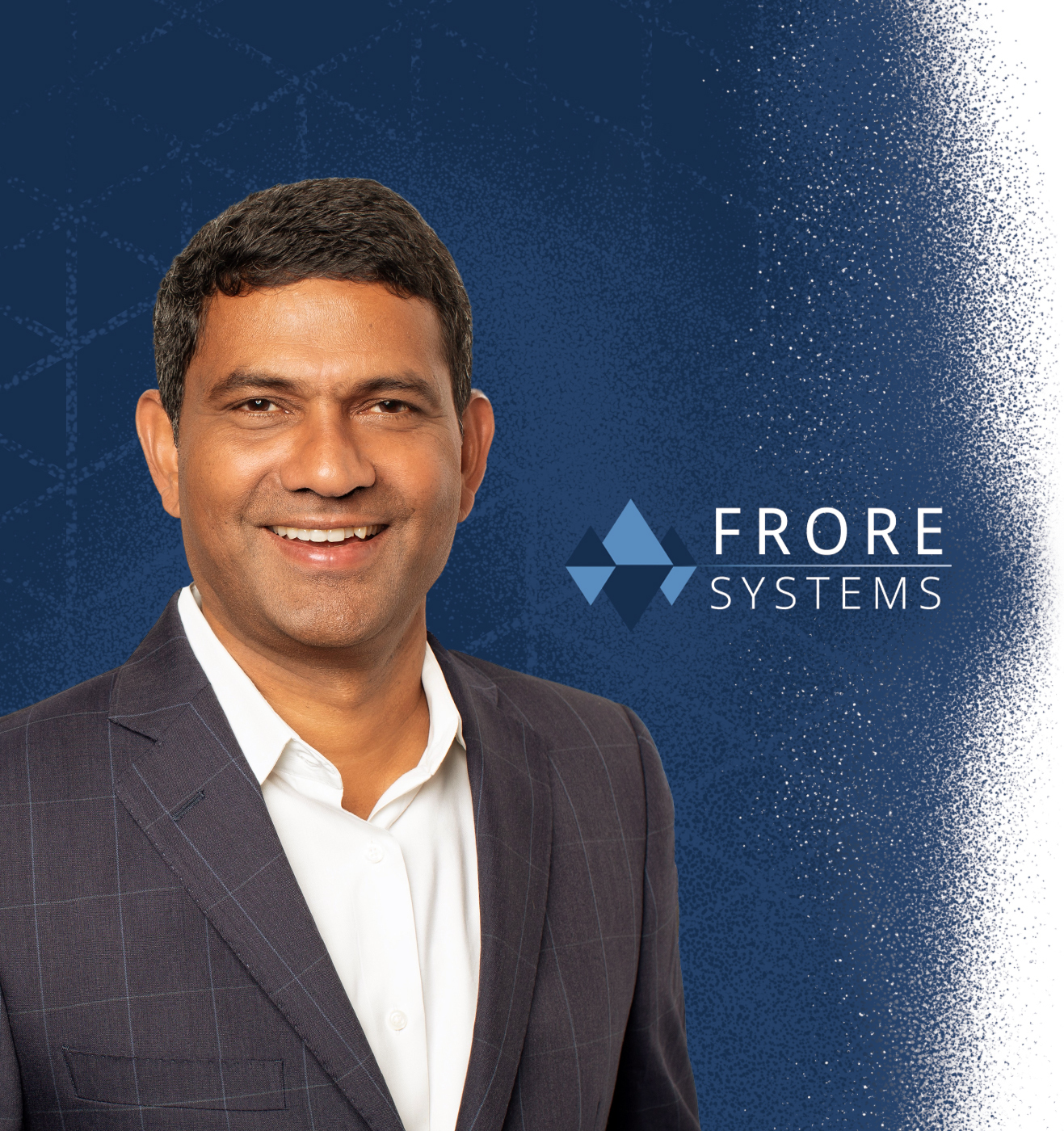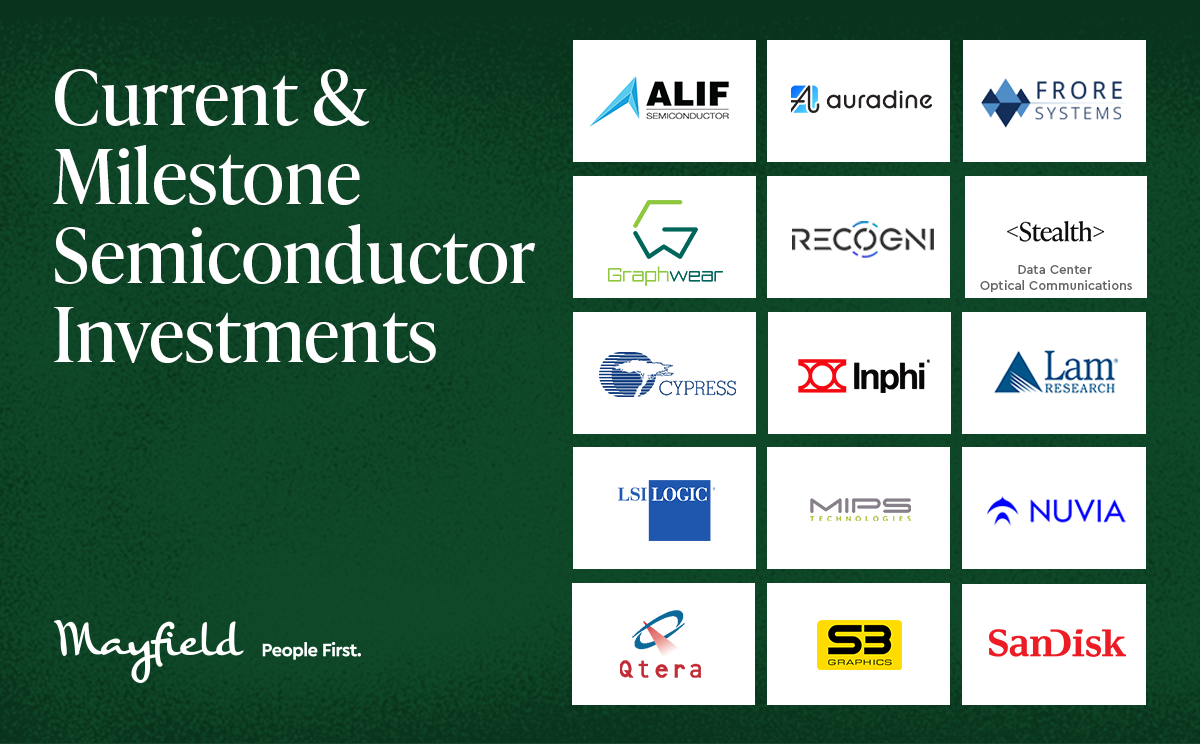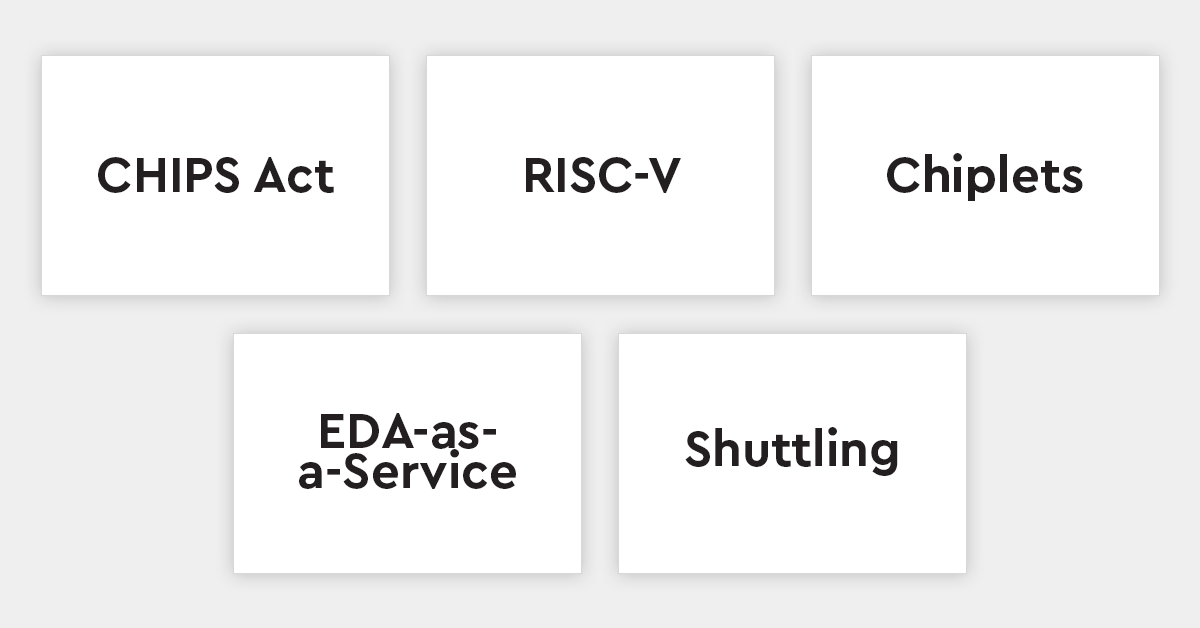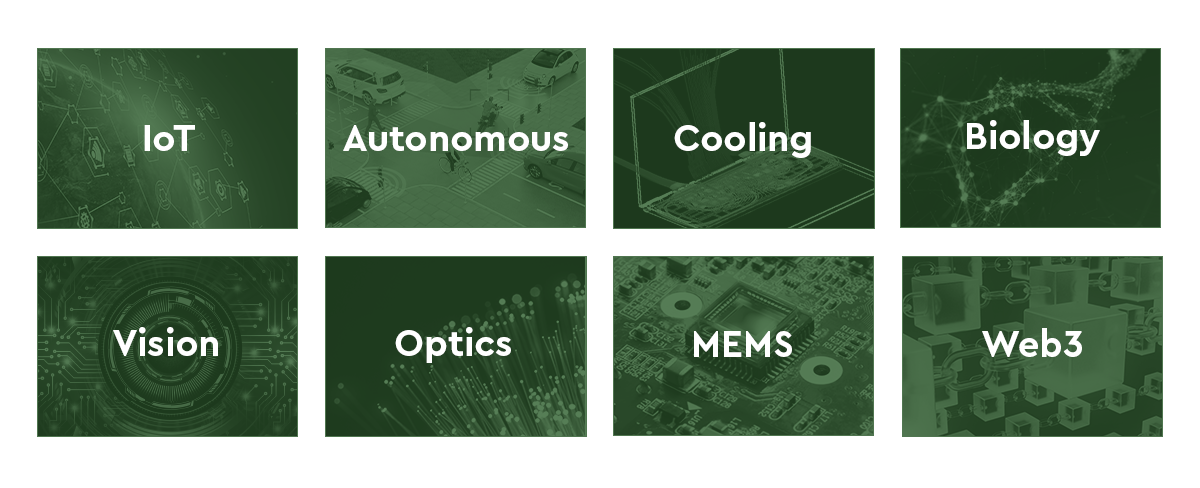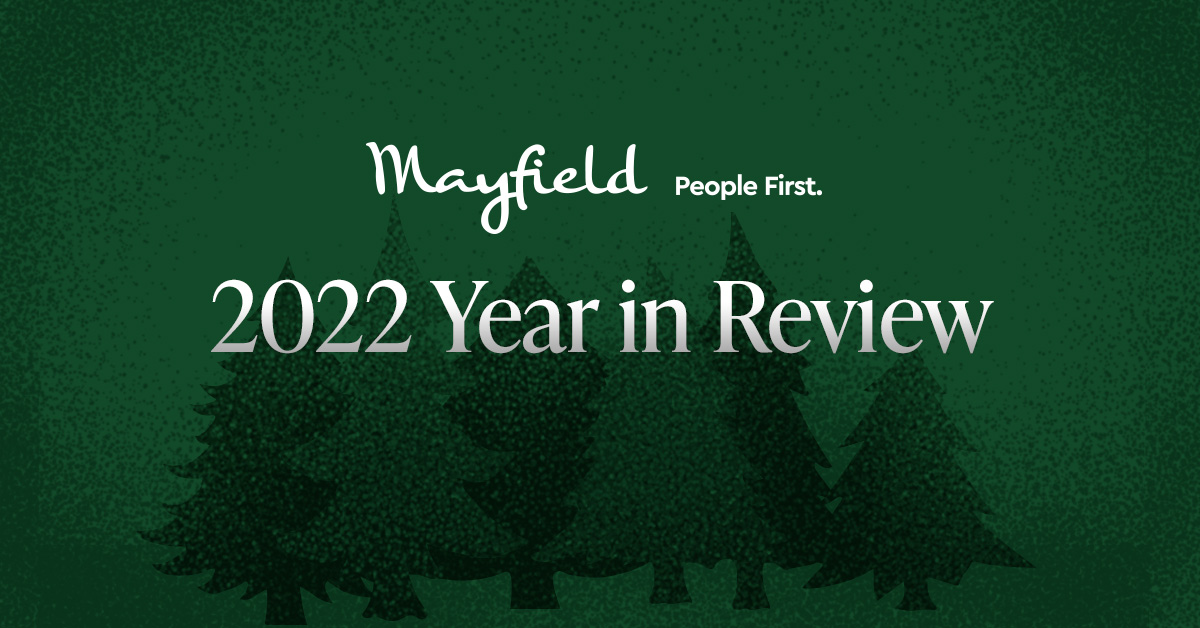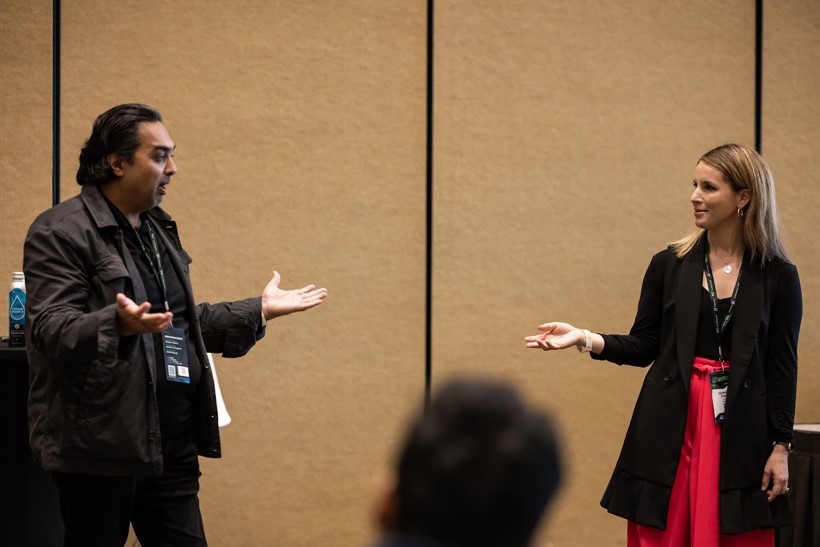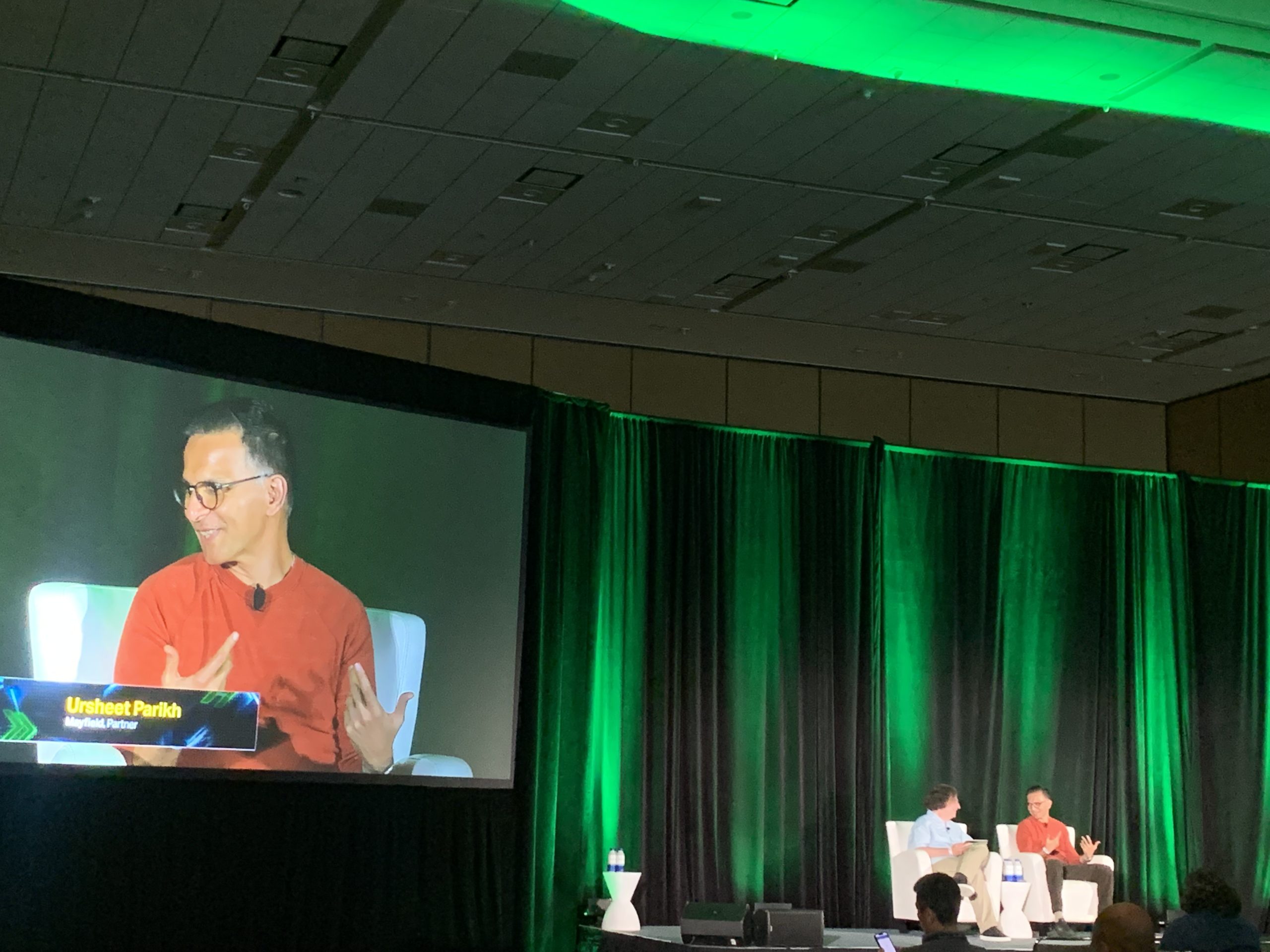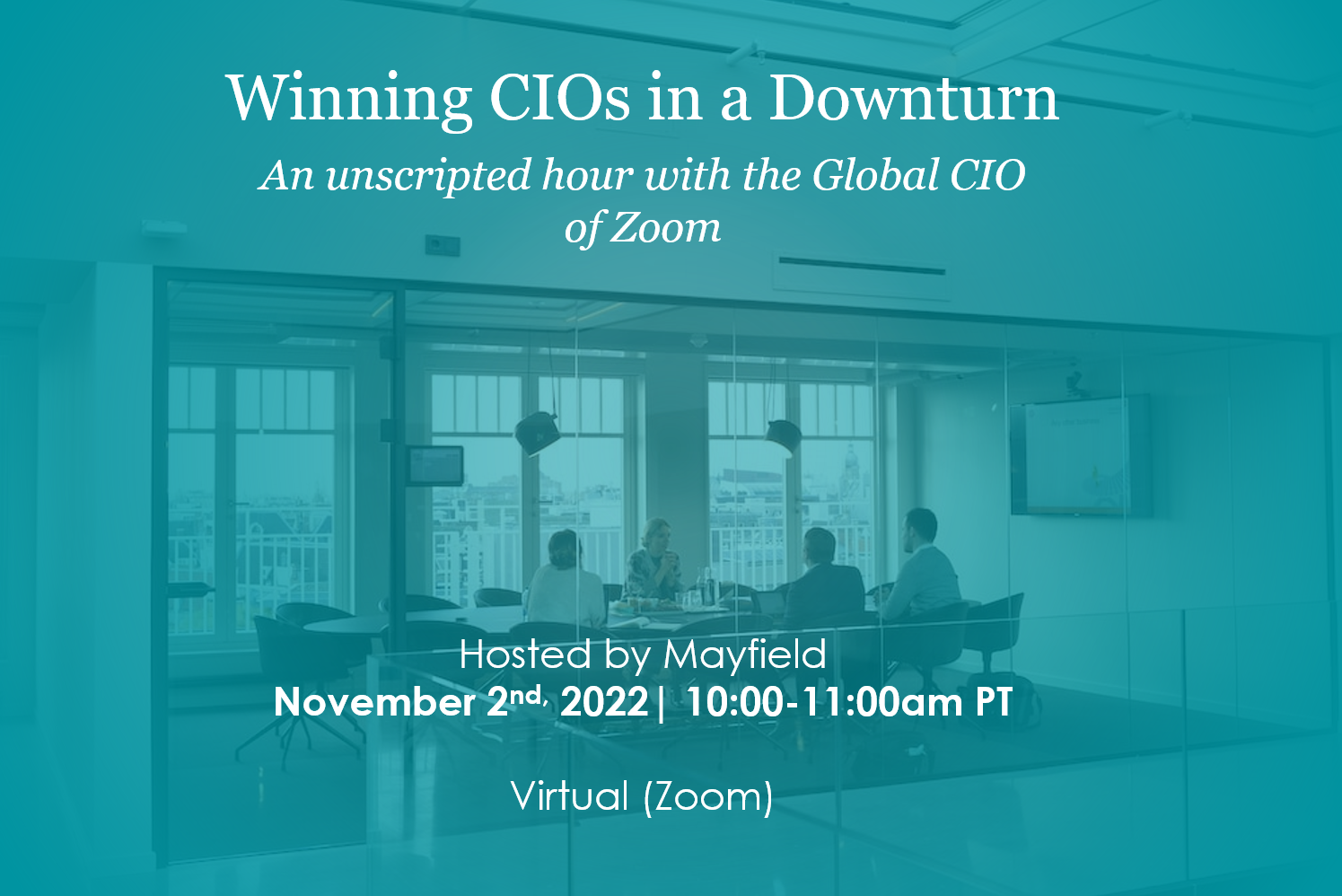Questions you should be asking your sales team:
- So you got a meeting, but can you stay relevant?
- 2023 will be the year of the CFO, are you prepared?
- The pandemic caused huge changes, but are you still selling the same way?
- Honestly, how well do you know your customer?
Mayfield hosted Gary Sorrentino, Global CIO at Zoom, to have a discussion with our portfolio companies on how CIO and other executive spending dynamics are changing in this turbulent market. Gary shared what works and what fails, and how to evolve for today’s market dynamics that require more high impact business value as the core vs. relying on underwhelming technology features, functions and “please no” demos!
Corporate tech leaders are revisiting budgets and vendor relationships in preparation for the possibility of tougher times ahead, and it will become increasingly important for startups to begin adapting to these headwinds. Gary dives into how exactly executives are editing their priorities, and how sales and marketing can best position to win over difficult deals in today’s more challenging market. Because after all, you can get the meeting, but do you really know how to add value? Can you stay in the room? This is a very simple concept, but tactically less simple than it initially appears? How can startups move beyond being interesting and having cool tech to being high-impact and high-value? How are they making this worthwhile for the buyer? Because at the end of the day, that person has to take the product down the hall and actually get budget (or bigger budget). The goal should always be to create a lasting, long-term, relationship.
Key Takeaways
- Business Value Comes First – Remember that CIOs are nice people – they’re not necessarily telling you “no” when they won’t buy your product – they’re telling you that you’re not high enough on the business value chain that they can pay that for it. Business value is fundamentally the key – not cost savings
- You’re not Selling SKUs, You’re Selling Solutions – You’re selling happiness, customer experience, client experience, user experience. If you think you’re selling software, you shouldn’t be selling it
- Buyers are Accountable to Those Above Them – Your deck and your presentation must provide them with the right tools to sell this product to the rest of the organization, and make them look like the smartest person in the room
A Few Words on Starbucks and Doing Business Right
Modern Selling – What Should the Post-COVID Sales Pitch for Enterprise Look Like?
It’s important to keep in mind that buyers are accountable – so a good sales presentation needs to speak to that. A startup’s deck should make the potential buyer look good to their superiors, by covering things in a way that can be easily passed along upstream. A few core tips for these decks that Gary covered include:
- Kick things off with a solid executive summary. If you get stuck on that one slide for the full hour or 45 minutes just talking about the product or business value of your solution, that’s a successful meeting. Consider: Here’s what makes us different, here’s what your C-suite wants and you want, and are we missing anything that’s on your internal list?
- Consider how the customer will present this internally. That has to be 90% your work and 10% theirs. Make sure that whatever you’re giving them is easily digestible for their internal team. As the selling team you can even ask them: “How can I properly arm you? How can I package our content in a way that makes sense for you to share?” Make the buyer the smartest person in the room when they go to talk to the board
- Educate yourself about the person on the other side of the table. Two pages is a good rule of thumb. The more you know about them, the more successful the conversation is going to be. Are they a buyer or a seller? Do they believe in self-development? Do they believe in the cloud or are they really one of those on-prem guys? Do they believe in flexible work? Everyone is all over LinkedIn. It’s almost like dating today – you Google someone before you meet them – why aren’t you doing that to the person you’re presenting to?
- Don’t try to convince the buyer that they have the “problem” you’re trying to sell. In that case you’re basically telling them that they don’t know what they’re talking about. If the buyer doesn’t know the problem, there are larger issues afoot. That being said, providing a quick overview, and proving that you understand the buyer’s space is extremely valuable. Don’t just kick things off with a bunch of questions (“You just said you serviced a bunch of banks! Don’t you already know the answers to these questions?”). State the problem back in terms the buyer will understand. Plus, have different game plans: Have a game plan for J.P. Morgan, but also have a game plan for the regional bank. They are not the same
- Be careful when using competitor logos. Everyone knows each other and it can come across as arrogant – perhaps save some of that data for the appendix
- Business value is extremely important. What is the value? How will you make the buyer successful in their firm by using the value to fix a problem?
- What are the next steps? Do not forget to have a clear path forward
- Don’t spend too much time talking about cost or discounts. If the buyer doesn’t like the product, who cares about the cost or discounts? This can be covered briefly towards the end. Additionally, ROI can be very hard to sell as well. If you come in and say you’re saving a company a million dollars, there’s probably no way you’re saving that company a million dollars (or at least not green dollars). It gets discounted 1000%. Consolidation/eliminating tools can be an easier sell here (because headcount reduction won’t actually happen but consolidation of tools might actually happen). So many ROI numbers are just completely made up
- Don’t sell SKUs, sell solutions. The true value that you’re providing is not the product, it’s in between the products. It’s when the client asks: Do you know how I could take this beyond the scope? Don’t fail to tell them how to fully leverage it
Video speaks a lot of words today. Perfect and record the elevator speech. Attach it to emails
On Customer Councils and Advisory Boards
Do these bring real value? Starting industry-specific councils to listen for feedback can provide tremendous customer insights (vs. using them to push SKUs). Bring in your biggest customers and have them help you understand what their problems are in a given area. How can your products be better designed to help them?
First, you learn how you have to mature the product. That’s always good. But you also learn what they’re thinking, so that when you go to sell their peers, you can take their words and regurgitate them back. Instead of “J.P. Morgan said X so you should do X,” you want to be saying “We work with your industry and we have heard from your industry that you have a need to do this better.” Do you want to be a vendor or a partner? Everyone is a vendor already, you have to earn partner. Lead with thought leadership.
But don’t forget that incentivizing customer councils or advisors is important as well – it has to be a two-way street. People don’t need a bottle of wine shipped to their home, what they want is to not waste that hour and a half. People want to communicate with their peers and feel like a) they’re experiencing insider secrets, and b) they’re helping guide this product that they championed (and are learning something in the process). It shouldn’t be your council, it should be theirs. Ask them: Do you want to hear about new products or what we’re doing in the future? Do you want to add value to some of the things we’ve been thinking about? Do you want to present successes and failures? Let them help set the agenda.
Marketing Spend – How Can it Be Best Utilized to Get in Front of Major Buyers?
Executives don’t walk through an airport and read the signs for the technologies, but if they don’t recognize the names on those signs, shame on them. The secret is to be where those executives are. CIOs go to Gartner, go to Avanta, go to Orbies. Sponsor some of those where the CIOs are at. Get in contact with them, be there. Be at the bar and put your card down, not at a booth. Go where they are.
Prospecting emails are okay, but you need to grab someone in the first couple of lines. Don’t mention funding, don’t mention your advisory board: What is the product and value prop? Don’t waste words in your email. The first paragraph should be about you, the second should be about the buyer, or the third paragraph won’t get read. And be personable. For example: “Hey Gary, I saw on LinkedIn last night that you were a nominee for OnCon – I actually went on and voted for you. Listen, I really think we have something that will bring value to your company. I don’t need a lot of your time, could we just figure out how to meet for 15 minutes?” That’s all it really takes.
Simplification vs. Best of Breed
Keep in mind when selling that sometimes B+ can be good enough. Most best of breed solutions are never fully leveraged, and can often require more human capital to be successful. Simple and easy solutions that spin up quickly often have a lot of appeal even if they are missing some of the bells and whistles. That being said, there are some areas where a best of breed stack is truly better, for example, the CI/CD space.
2023 Budgeting
The pandemic was the year of the CIO, the post-pandemic is the year of the CFO. What’s important is that if the CIO can keep eight out of ten solutions – you’re in the top eight. Is your value proposition a “need to buy,” rather than the “want to have?” Are you higher up the value chain? Companies aren’t about saving money per se, they’re about spending money in the right places. The pandemic was a black swan event, and the spending taking place just wasn’t realistic – there will be a return to a bit more normalcy.
Post-COVID Selling
Are we the same employees they sent home two years ago? No. It’s not about working as many hours as you can, it’s about bringing value back into your life and bringing value back to other people. So, it’s safe to assume that your clients have changed, which also means that the way you sell has to change.
We talk a lot about “experience” today – employee or customer. Think about how that model has changed. Empower your team to make your customers happy.
About Gary

Gary Sorrentino serves as Zoom’s Global CIO, after spending over two years as our Global Deputy CIO. A former Managing Director for J.P. Morgan Asset & Wealth Management, Gary was the Global Head of Client Cyber Awareness and Education.
For over 12 years, Gary was the Chief Technology Officer for J.P. Morgan AWM’s global technology infrastructure initiatives, where he managed its Data Privacy program and was responsible for Infrastructure, Application and End User Technology Production Support. In 2014, he assumed a new role as the lead for their Cybersecurity efforts and developed a firm-wide “Protect the Client” Cyber program designed to raise cybersecurity awareness among employees and clients.
With almost 40 years of experience in Information Technology, Gary has served in various other IT leadership positions in firms across the financial services industry. Prior to joining J.P. Morgan in 2005, Gary was Head of Global Infrastructure and Head of Technology Efficiencies at Citi Private Bank, where he was responsible for Global Infrastructure Support and strategic technology initiatives. Other roles he has held include Global Technology CFO at Credit Suisse and North America IT Controller at UBS





